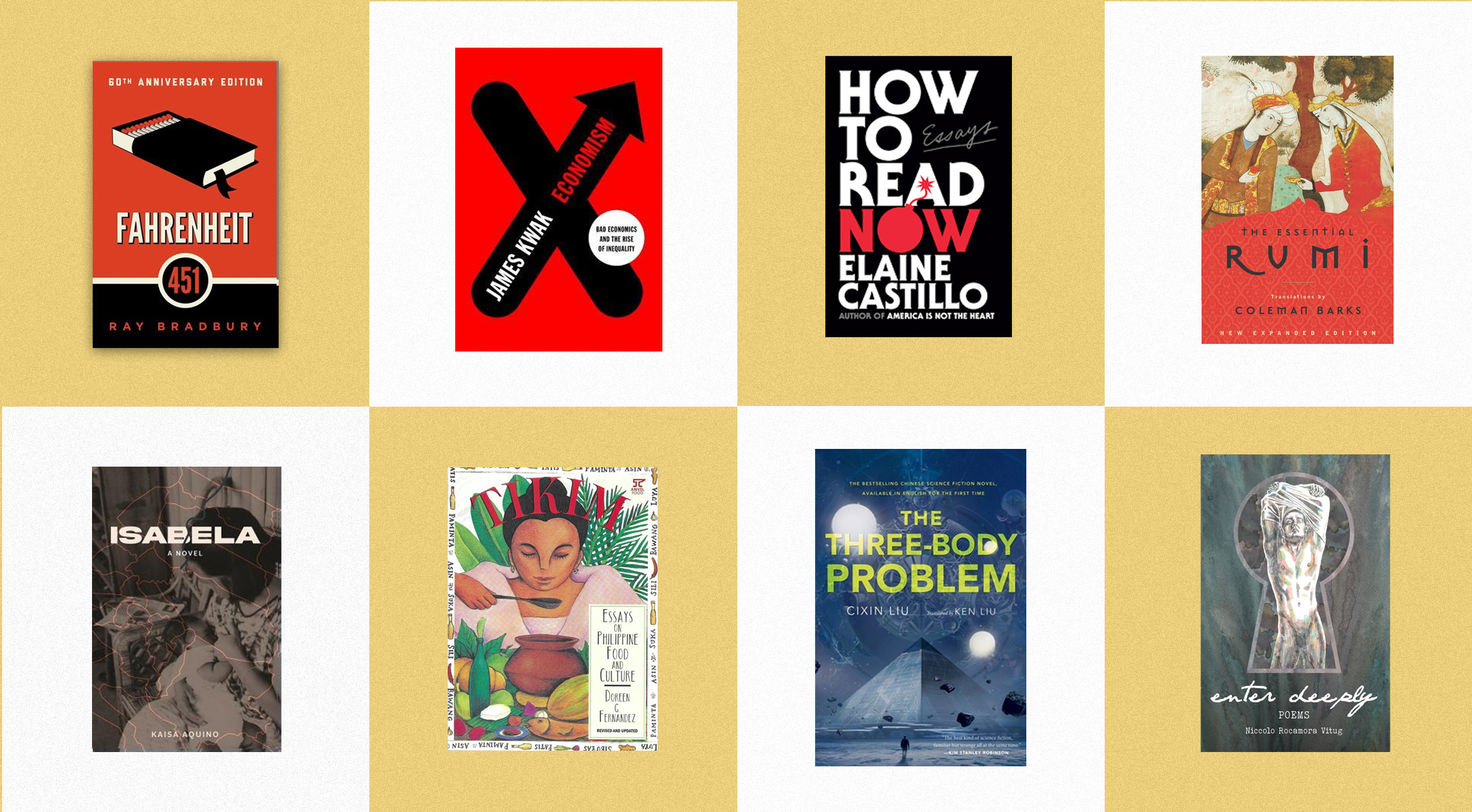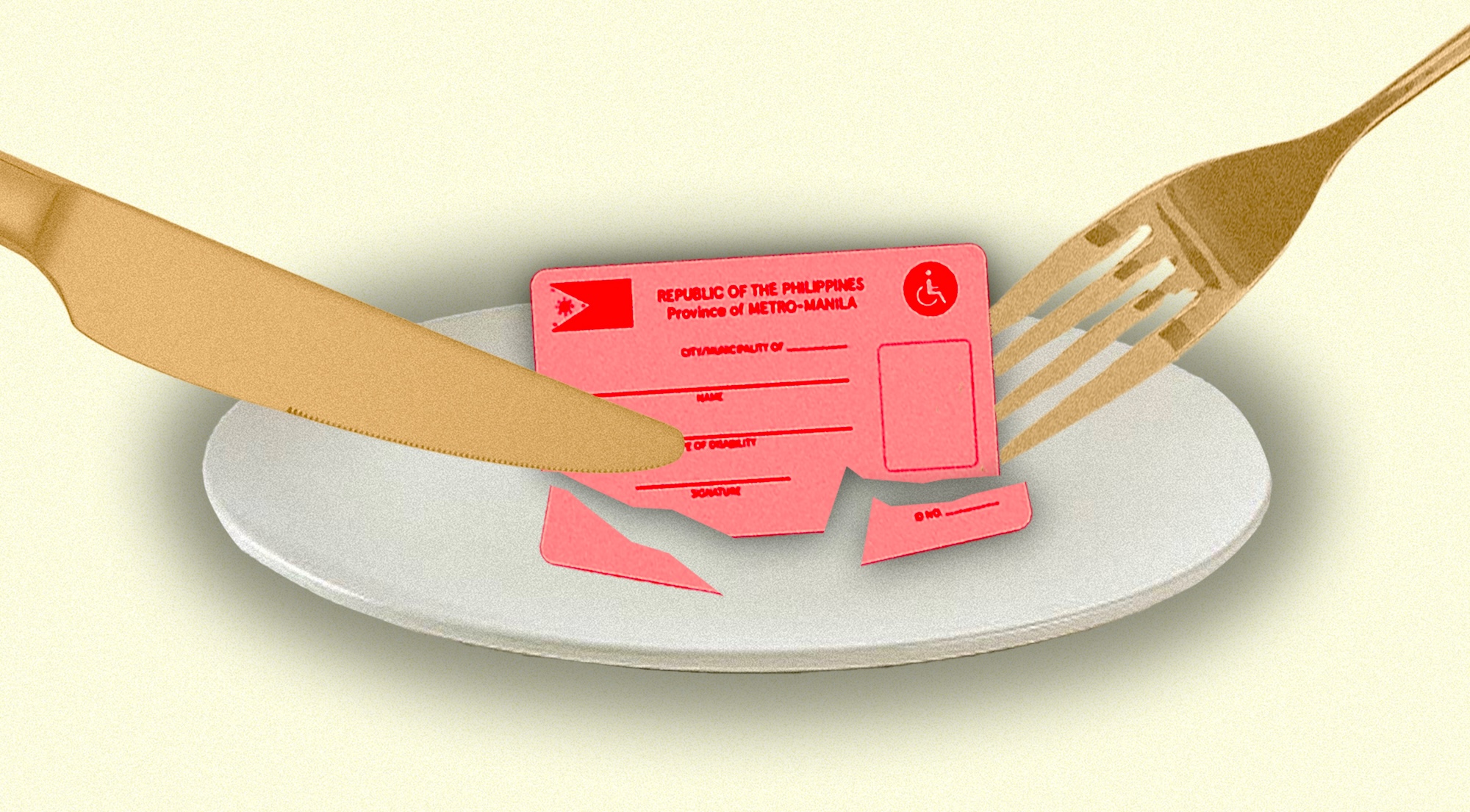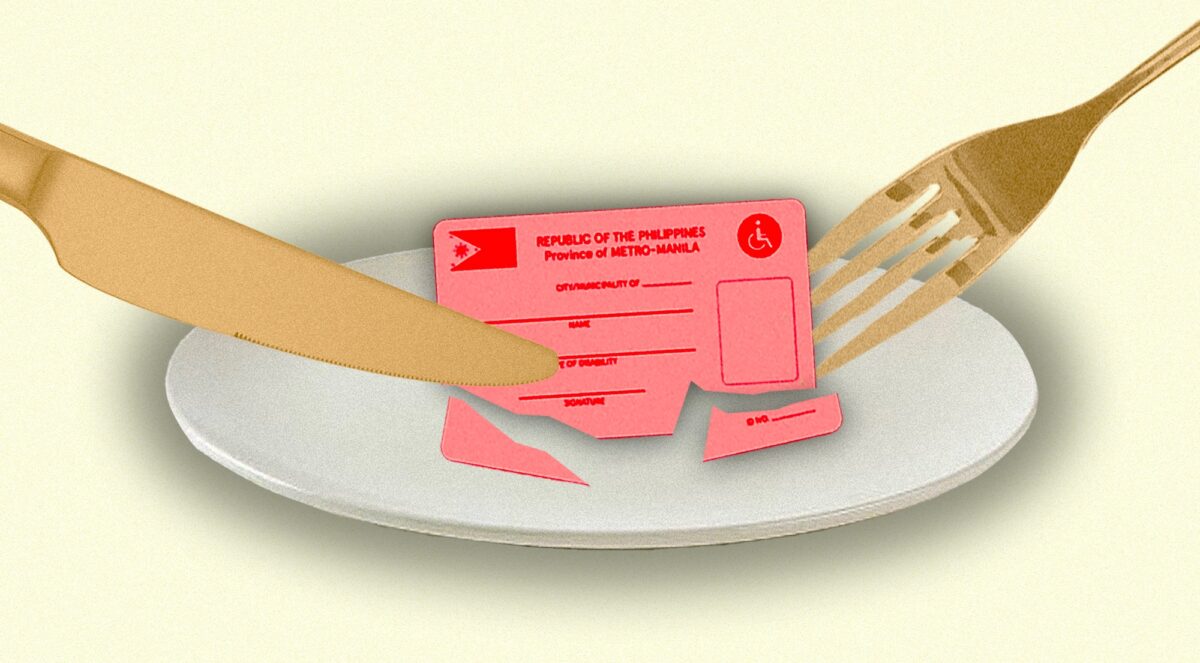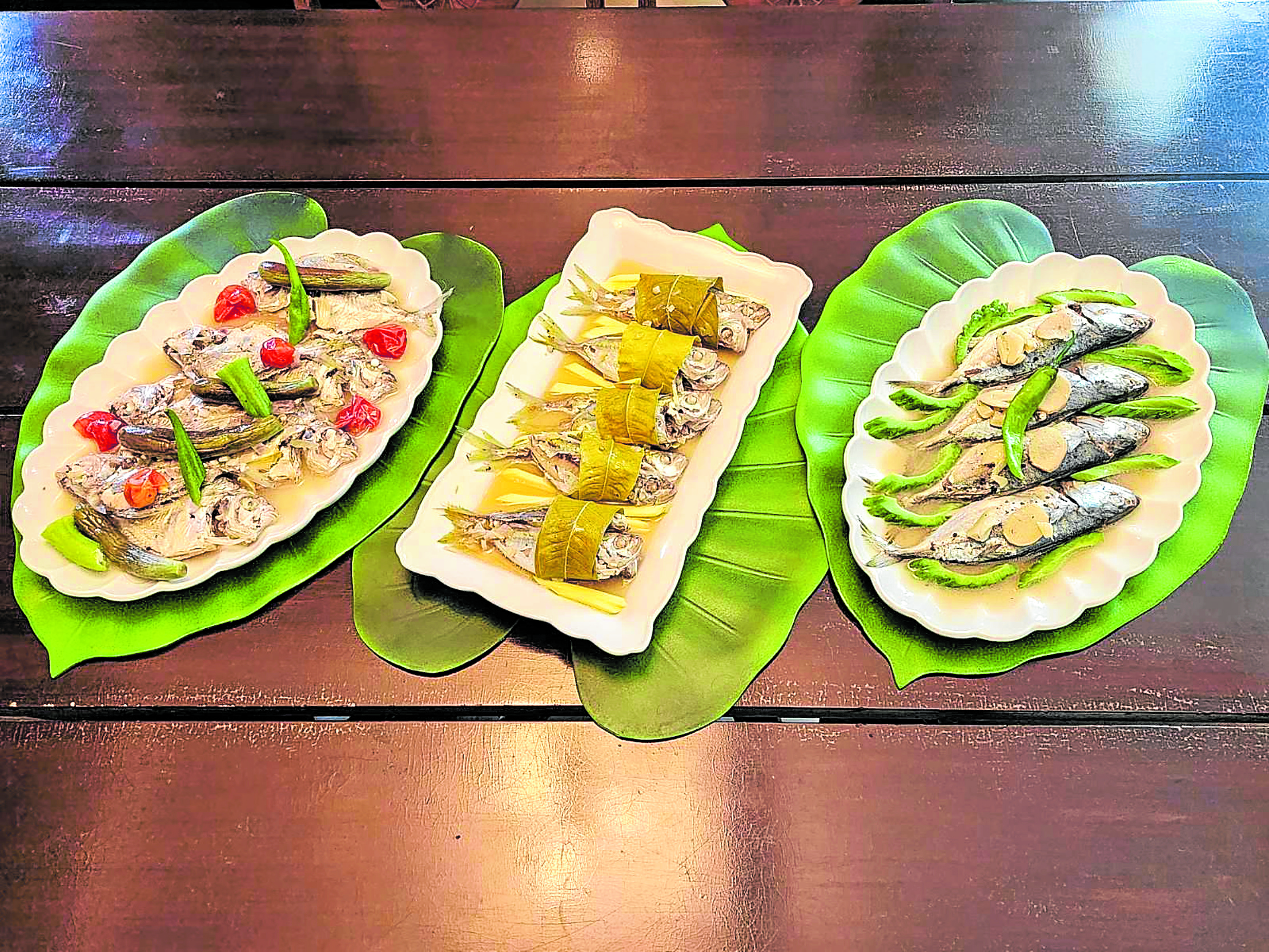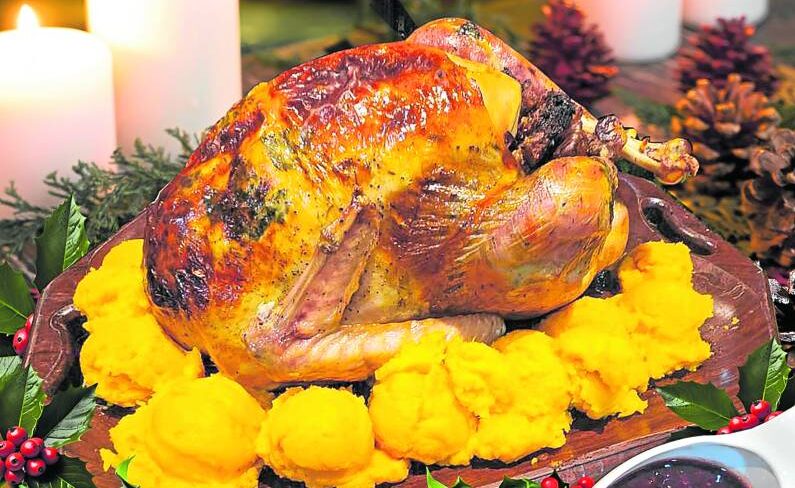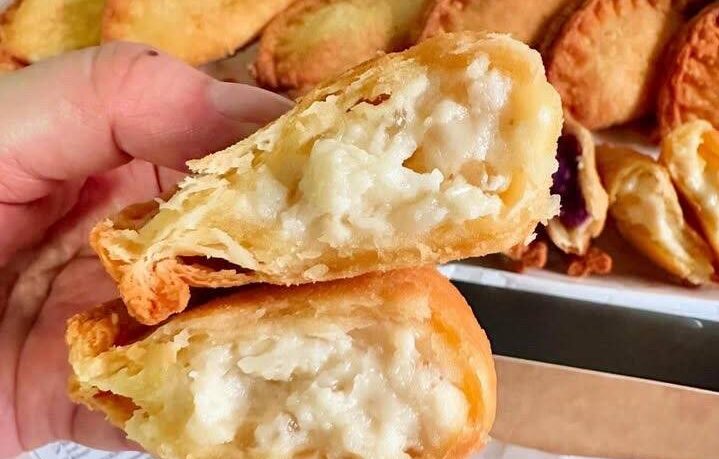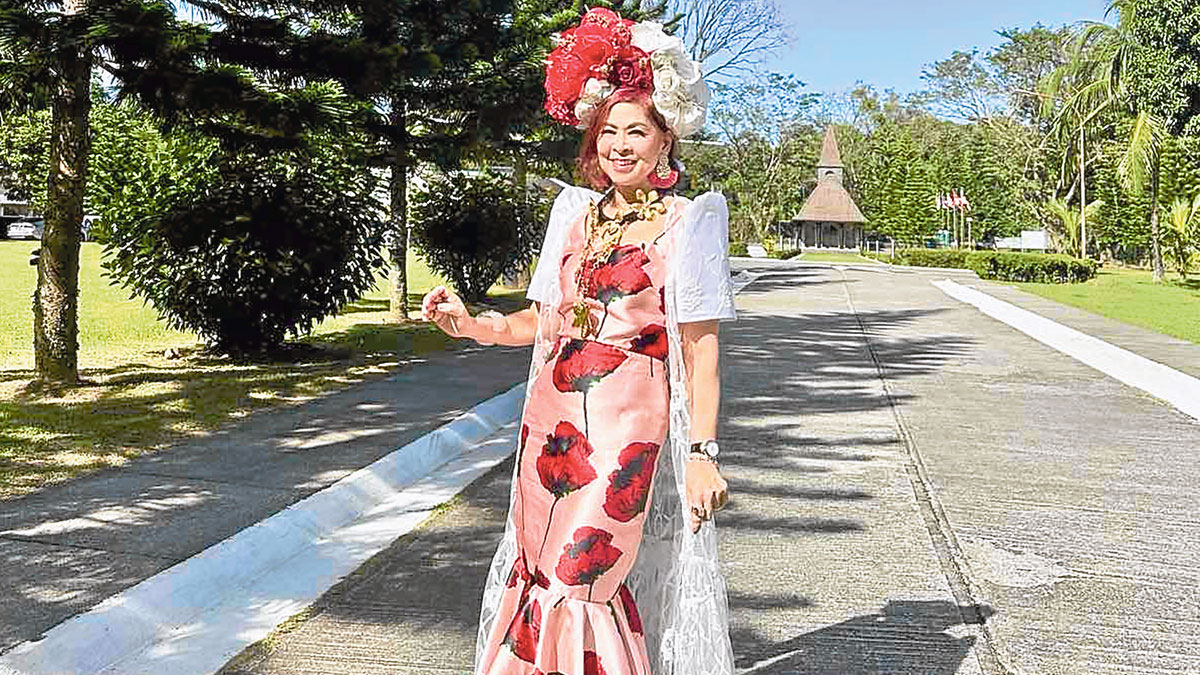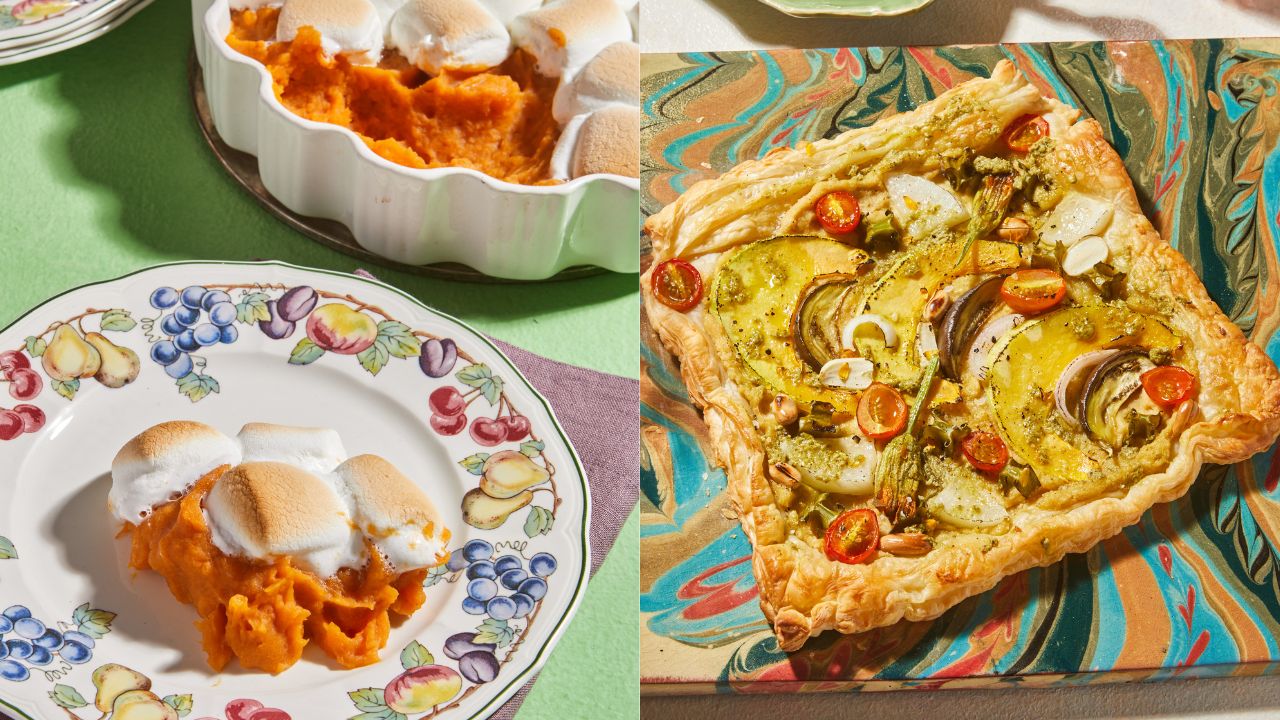In a ramen shop in the Ginza district of Tokyo, everyone is silent at noon. Save for the raucous welcome greeting as new customers enter the door, guests sit quietly, focused on their ramen.
The name of the restaurant is Ippudo Tao. Ippudo is a famous Japanese ramen chain. A few years ago, it tied up with the Japanese drum group Tao, sending the message that like drum-beating, ramen-making is a form of art.
Unlike the drum, however, the ramen here does not jolt you awake with its beats. Instead, like music from a violin, it is smooth as silk; it glides into a gentle awakening of the senses. It is a very well-mannered noodle soup, uncultured though it is perceived to be because of the popularity of Nissin’s instant ramen.
On the contrary, ramen reeks of culture. A scene from “The Ramen Girl” starring the late Britanny Murphy spelled it out best. In this scene, a bowl of ramen is placed before her by her ramen teacher. He explains:
“A bowl of ramen is a self-contained universe, with life from the sea, the mountains, and the earth—all existing in perfect harmony. Harmony is essential.”
With her frazzled American demeanor, our Ramen Girl dismisses the instruction to observe the ramen. She replies that she thinks she knows what her teacher is talking about and goes on to hastily lay spinach and pork on the noodles, and then looking at the teacher for approval. He is aghast by this and calls her an idiot, a monkey brain!
“Why are you looking at me? Observe the ramen. If you look at the ramen you will feel it!” he exclaims. “Stop thinking about words. Use your heart!”
Of course, as with any other art form, soul is infused only after a mastery of technique. With ramen, the skill is in creating the perfect broth. As stated by the ramen teacher in this movie, “What holds it all together is the broth. The broth gives life to ramen.”
That broth came to life at Ippudo Tao. This explains the silent reverence exhibited by the gentlemen who come to rejuvenate themselves in the short lunch period of the rigid Japanese; they obviously treat the bowl with respect.
It’s All in the Broth
Ippudo serves Kyushu ramen. While we have Pancit Malabon, Pancit Canton, Pancit Guisado, etc., ramen also has Japanese regional varieties.
Kyushu is the third largest island of Japan and the Hakata ramen originates from Fukuoka City in Kyushu. They specialize in tonkotsu broth, which is blonde, not a hollow brown, so unlike the broth of even the much revered Ukokkei on Pasay Road. And creamy.
This kind of ramen has been replicated well by Elbert Cuenca’s Yushoken in Alabang. And the restaurant likes to emphasize it, too. The menu is explicit: “Our restaurant specializes in Tonkotsu or pork-bone broth, which we boil for 12 hours.”
The food server here recommends the Shoyu Ramen for first timers. Indeed the flavors are rich and solid. At first slurp, the life of the ramen is evident. As ramen masters have explained, it’s in the broth: creamy, without the globs of fat that you see in lesser ramen.
But while the Shoyu will be your first love, the Miso Ramen, creamier than the Shoyu, will be your true love. Created using seven kinds of miso, it presents an unassuming complexity that can only be felt and not explained.
That the broth has achieved the perfect texture is evident with the spicy Tantanmen. Unlike the Tantanmen in Marufuku or Ikkoryu Fukuoka in Ortigas where the spice latches onto your tongue, here the spice glides due to the smoothness of the broth, making its presence gently felt at the back of your tongue, awakening you ever so gracefully.
Chikuho Noodles
Ikkoryu Fukuoka tries to achieve this kind of broth as well. This ramen chain also specializes in Tonkotsu soup and also presents Chikuho noodles, “tapping on over 40 years of… tradition.” The food server will ask if you like your noodles soft or hard. (As with life, go for the harder choice!)
This is the most impressive ramen in this side of town, although the broth is a bit shy of ooh-la-la. Probably realizing this—or maybe just for variety’s sake—the restaurant has also introduced other flavors, such as kimchi and black garlic ramen.
The Black Garlic Ramen is an impressive unique twist. The garlic does not take away but adds to the umami that you look for in this delicacy. It’s worth a taste!
Ramen Twists
Unlike the Black Garlic Ramen at Ikkoryu Fukuoka, though, there are some ramen twists that are really off. And you don’t need to be a purist to realize this.
The most horrific is at Wrong Ramen: a beautiful bowl of ramen topped with bacon, spam and fried egg. Yes, American breakfast food fused with a Japanese national dish that the Japs feel so strongly about they have made a museum just for it (in Yokohama). The self-deprecating humor of the resto does not save it either. But at least it got its name right… because it is really wrong on all fronts.
First of all, the scene is stolen from the star of the show. Instead of appreciating the broth, one is distracted by everything swimming in this sea. Secondly, it is as much a massacre of American favorites as it is of the Japanese noodle dish. You don’t make bacon soggy—horrors! You don’t wet spam with broth. And that poor egg, staring at you like a fish out of water. And the ugliness of it doesn’t come together to become something beautiful, like art, either. Nope. It’s just… trash.
Other twists, thankfully, are not as horrifying. The kimchi ramen at Ikkoryu Fukuoka, with its blend of Asian flavors, come together with a sense of fluidity. The Japanese did conquer the Koreans for a while after all.
Nomama Ramen (Chef Him Uy de Baron says “it’s not your mama’s cooking” hence “Nomama”) offers a Thai twist with its Green Curry Ramen. This is actually really delicious, offering the best of both worlds. The broth is coconut-based and has the Thai-inspired flavors of lemongrass and coriander.
In Japan, the “Ramen God” Yamagishi Kazuo did add a twist to the ramen, to make it acceptable in the summer. (There was a movie titled “God of Ramen” that featured and starred him, hence the nickname. No, he is not a deity, although undoubtedly well-loved!). He invented the Tsukemen.
The broth and the noodles are served separately and a dip accompanies the dish. You pick up the noodles with your chopsticks, dip it in the soup, which is thicker than your regular ramen broth, and also dip the noodles in your preferred sauce.
This ramen was all the rage in the first quarter of this year, with the opening of Mitsuyado Sei-Men on Jupiter. On weekends, the lines are endless. Personally, the sauce reminded me of Chiz Whiz. But the dish has become quite popular!
It seems it has something to do with the noodles. Made in the restaurant’s own noodle house, they are thick and tasty. You have the option for thin noodles, but don’t shortchange yourself; go for the thick ones that better absorb the broth’s flavors.
Back to Basics
At the end of the day, though, the best ramen is still the traditional kind.
On Adriatico in Manila, there is a carinderia-style resto that serves ramen for just P50 (Shoyu Ramen, P50; Miso Ramen, P70). Just like in more expensive restaurants, the resto also serves shio and miso ramen. And if you prefer Tantanmen, you have the option for spicy. If you happen to be mad drunk in Malate, and want to feel the Red Light vibe, check out this place: Erra’s Ramen. The plastic soup spoons are partly grey and you don’t know if they were washed well, but for super cheap ramen past midnight, order the Shoyu.
For the best Tokyo-style (as opposed to Kyushu-style) ramen, though, Ukokkei reigns.
In fact the ramen craze in Manila started with all the raves and reviews about Ukokkei on Pasay Road. Menu/SIM featured Ukokkei as early as 2008, way before the tonkotsu craze. Ukokkei was then gaining popularity by word of mouth because of its Tokyo-style ramen. The broth here is not white or creamy, unlike that of the Kyushu-style ramen adopted by Yushoken in Alabang and Fukuoka in Ortigas. Instead it is clearer and darker because it comes with a soy-flavored chicken broth instead.
But dedication to making the perfect broth is evident. The broth is boiled for almost 48 hours, using black chicken bones alongside herbs and spices for a depth of flavor. That kind of labor of love will keep you coming back, in spite of the taray factor of the chef, who has earned the nickname “Ramen Nazi.”
The Shoyu and Shio ramen here will fill you up but the ramen addicts come back for the Miso Chashu or the Tantamen (served only at 6 p.m. onwards). You can ask for extra broth.
Heart and Soul
“Put your tears into it,” an observer told Brittanny Murphy in “The Ramen Girl,” when she was about to give up making ramen.
Many a student writing their thesis would be happy with a bowl of Nissin’s Ramen, created by Momofuku Ando. (I know I was!) But if you’re not just saving yourself from passing out and want to give your tongue a sense of self that connects to your soul, don’t settle for a just a bowl of hot water and noodles. Have a really good, authentic bowl of ramen.
It’s art!
Ramen Yushoken. Molito Lifestyle Center, Madrigal Ave., Alabang, Muntinlupa
Wrong Ramen. Burgos Circle, Forbes Town Center, Bonifacio Global City, Taguig
Ikkoryu Fukuoka Ramen. 5/F Shangri-La Plaza Mall, Mandaluyong; SM Aura, Bonifacio Global City
Mitsuyado Sei-Men, Jupiter Street, Bel-Air, Makati City
Nomama Artisanal Ramen. G/F, FSS Bldg., Sct. Tuazon cor. Sct. Castor, Quezon City
Ukokkei Ramen Ron: Unit 1-2, Upper G/F, Tesoro Building, 822 A. Arnaiz Ave., Makati City



